Fernand Léger’s Bimural stands as a striking testament to the fusion of art and architecture, showcasing the artist’s mastery in creating bold, graphic forms. As we delve into this monumental work, we explore how Léger’s unique approach to mosaic art and his signature bold lines have left an indelible mark on modern art.
Léger’s Bimural: Bold Lines & Mosaic Mastery
Léger’s Bimural mural blends art and architecture with bold lines and mosaic mastery, leaving a lasting impact on modern art and public spaces.
Por: Angela Leon Cervera
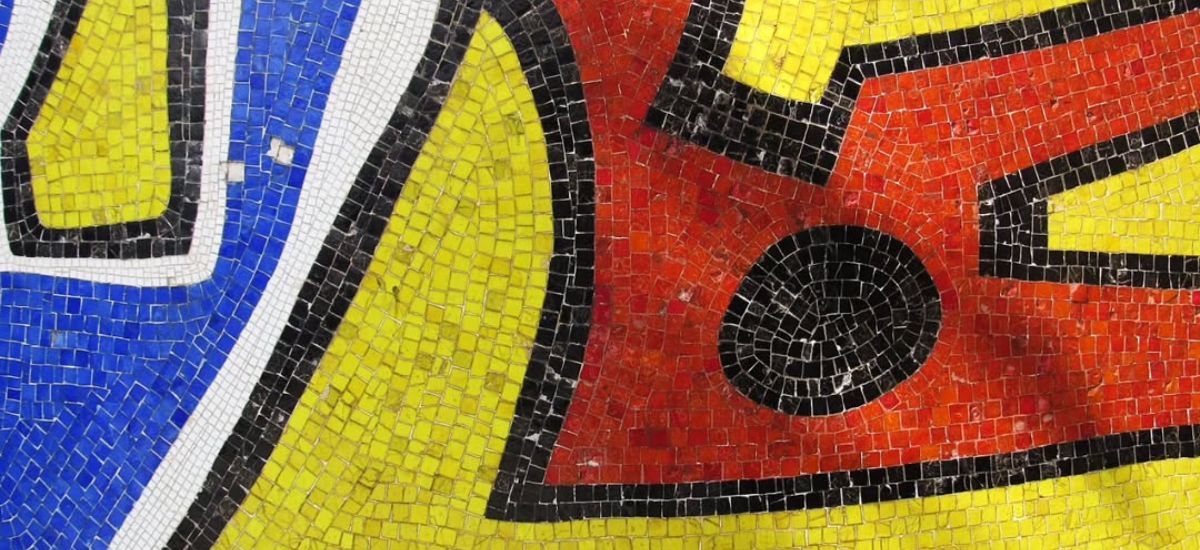
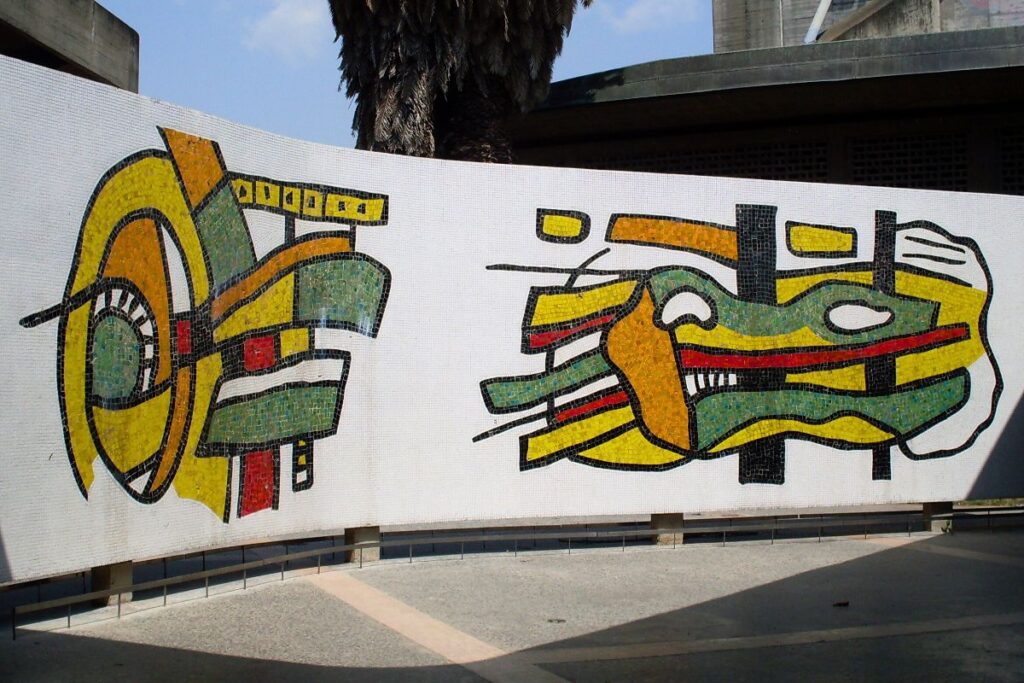
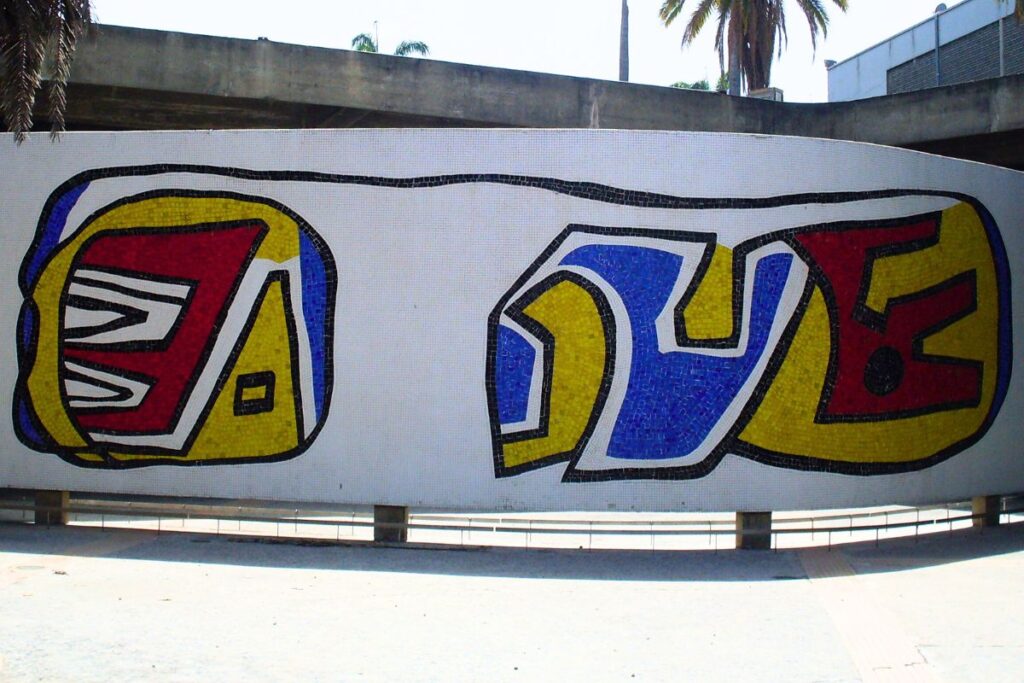
What Is the Significance of Léger’s Bimural?
Created in 1954, Bimural is a mural that exemplifies Léger’s innovative spirit and his commitment to integrating art into public spaces. Located at the University City of Caracas, this piece is part of the “Synthesis of the Arts” project, which aimed to harmonize various artistic disciplines within architectural contexts. Léger’s mural is not merely a decorative element; it serves as a vibrant dialogue between art and its environment.
The term “bimural” itself suggests a duality, reflecting Léger’s fascination with contrasting colors and forms. This piece showcases his characteristic use of bold lines and primary colors, creating a dynamic visual experience that engages viewers from multiple angles. By employing mosaic techniques, Léger transforms simple materials into a complex tapestry that resonates with movement and rhythm.
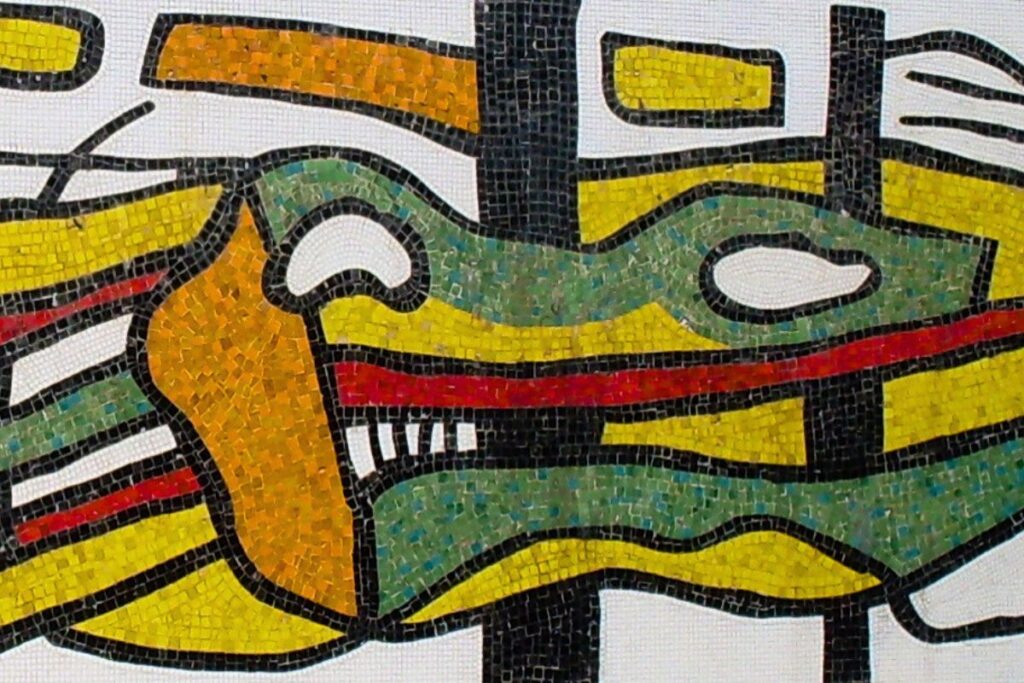
How Does Léger’s Style Reflect Modern Art Trends?
Léger’s work is often associated with the broader movements of modern art, particularly Cubism and abstraction. His distinctive style, termed “Tubism,” emphasizes cylindrical forms and geometric shapes, diverging from traditional representations. In Bimural, these elements are evident as Léger employs a combination of flat planes and vibrant colors to create depth without sacrificing clarity.
The mural also embodies Léger’s belief in art as a means of communication. He sought to make art accessible to all, breaking down barriers between high culture and everyday life. This philosophy aligns with contemporary design trends that prioritize inclusivity and engagement in public spaces.
Moreover, Léger’s exploration of color theory plays a crucial role in Bimural. His use of primary colors—red, blue, and yellow—evokes emotional responses while maintaining visual harmony. This approach reflects a shift in modern art towards abstraction that prioritizes color and form over representational accuracy.
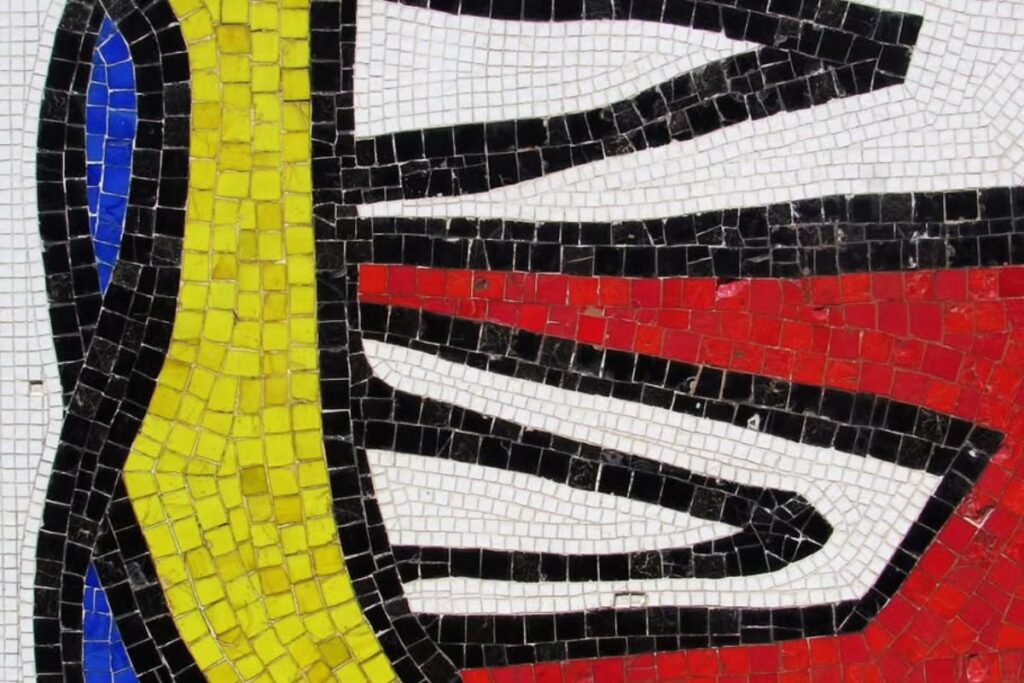
What Legacy Does Bimural Leave for Future Artists?
As we reflect on Léger’s Bimural, it becomes clear that its influence extends beyond its immediate context. The mural serves as an inspiration for future generations of artists who seek to integrate their work into public spaces meaningfully. Léger’s ability to blend artistic mastery with architectural elements encourages contemporary artists to explore new mediums and formats.
In an era where public art is increasingly valued for its role in community engagement, Bimural stands as a beacon of innovation. It invites artists to consider how their work can interact with architecture and urban environments, fostering connections between people and their surroundings.
Furthermore, Léger’s emphasis on bold lines and vibrant colors continues to resonate in today’s design landscape. Modern artists often draw upon his techniques to create immersive experiences that captivate audiences while challenging conventional notions of space and form.
Fernand Léger’s Bimural represents more than just a mural; it embodies the intersection of artistic mastery and architectural innovation. As we celebrate this remarkable work, we recognize its lasting impact on modern art and its potential to inspire future creations.
Frequently Asked Questions About Léger’s Bimural
- What is the significance of the term “bimural”? “Bimural” refers to the duality in Léger’s work, showcasing contrasting colors and forms in his mosaic technique.
- Where is Bimural located? The mural is situated at the University City of Caracas as part of the “Synthesis of the Arts” project.
- What artistic movements influenced Léger? Léger was influenced by Cubism and abstraction, developing his unique style known as “Tubism.”
- How does Bimural reflect modern art trends? The mural emphasizes accessibility, bold colors, and geometric forms—key aspects of modern artistic expression.
- What legacy does Léger leave for contemporary artists? His integration of art into public spaces inspires future artists to explore new mediums while fostering community engagement.
If you liked this article about Léger’s Bimural, please share it. You may also be interested in Art Meets Architecture: Villanueva & Léger’s UCV Vision and Art & ROI: Cracking the Code of Art as Investment. Check out the other articles in our Culture section.
